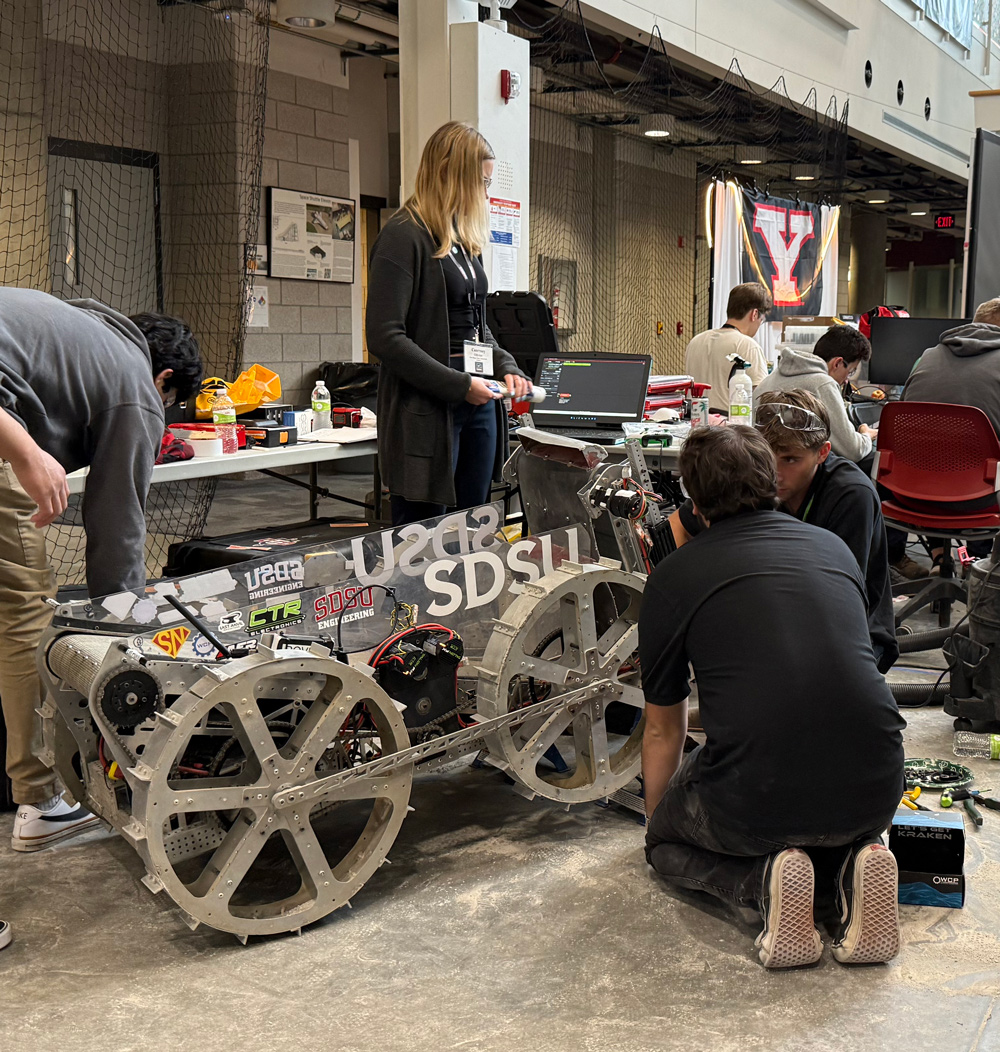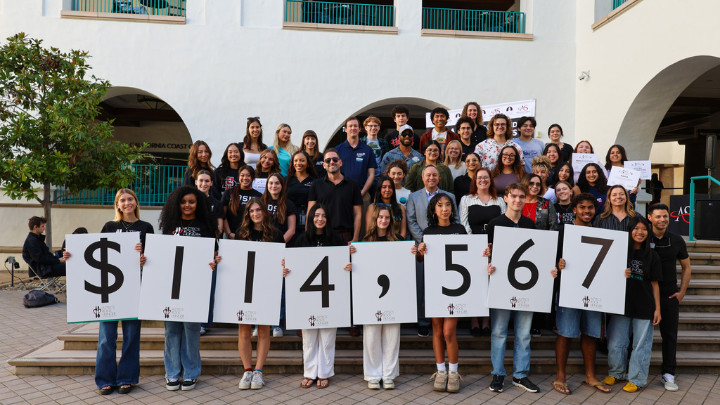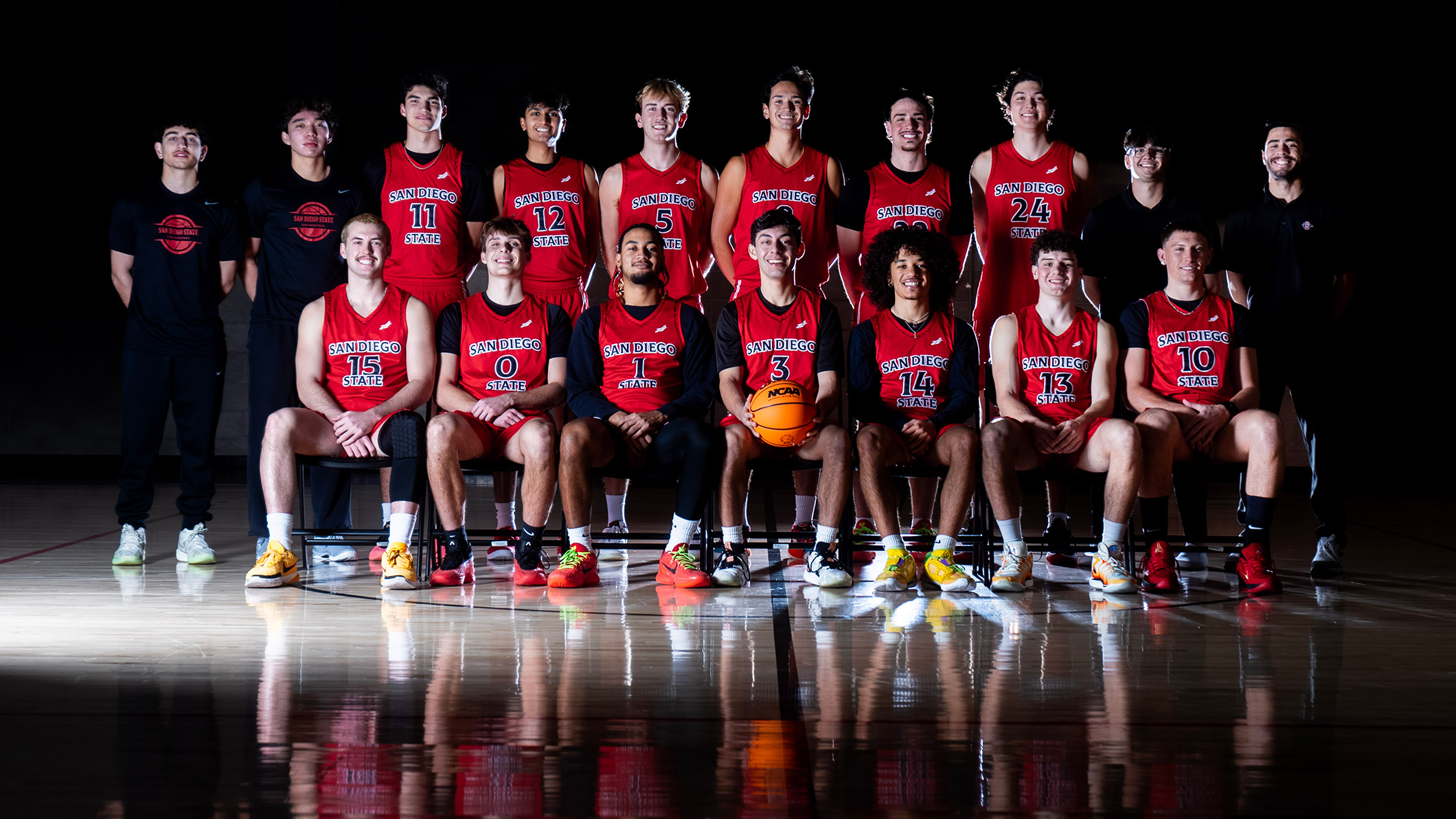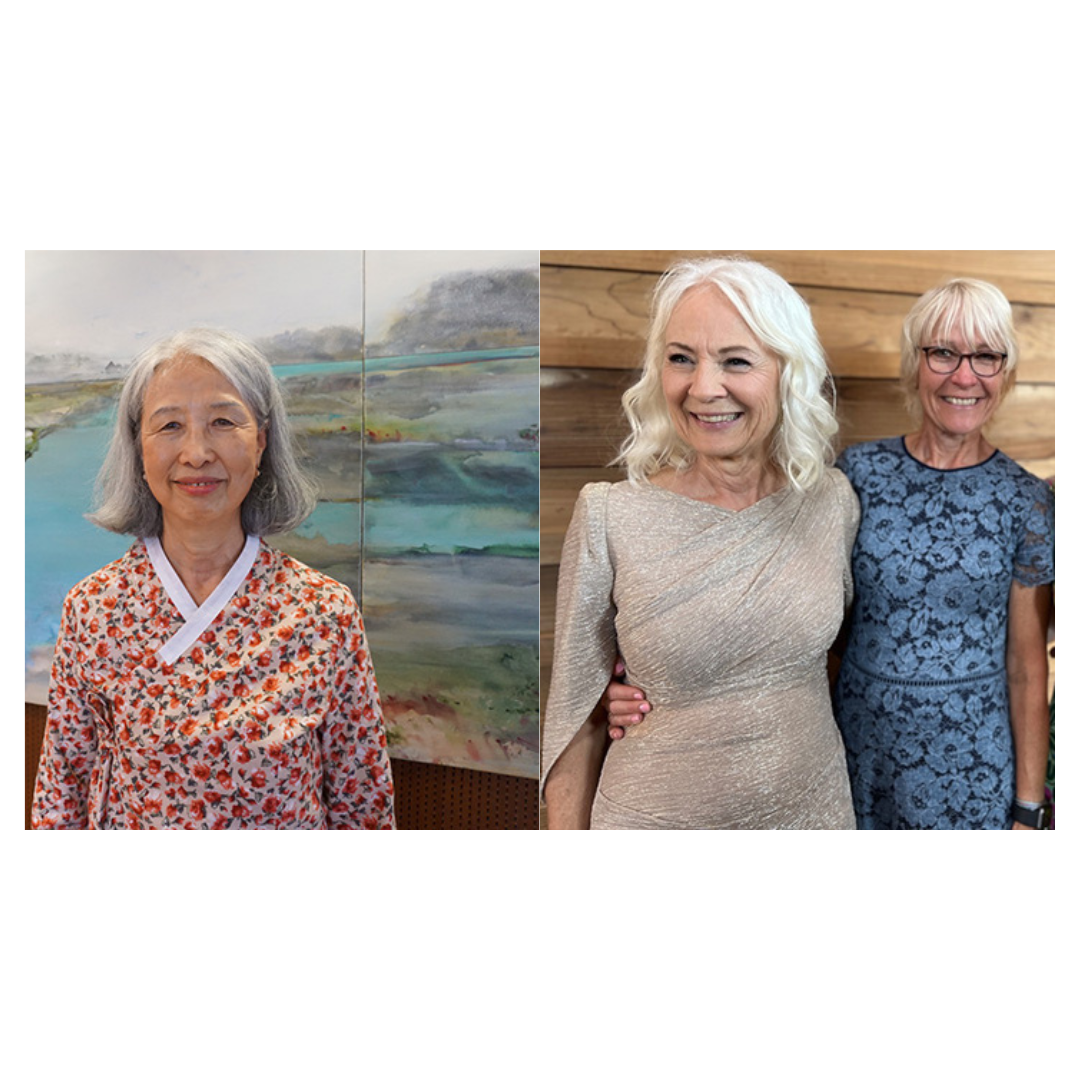College of Engineering students are over the moon with team’s success in lunar mining competition
Team CREED’s robot outperformed several more experienced groups in digging up lunar soil for the kind of work required for construction of a permanent establishment.

A San Diego State University team’s lunar mining robot, built by graduating seniors in the College of Engineering as a capstone project, took three first- and second-place awards at a collegiate competition in Iowa just after Commencement last month.
The Team CREED robot repeatedly excavated a replica of fine-grained lunar regolith into a bucket, moved it a short distance, and then dumped it out the rear to create a short berm in a demonstration of the kind of operation that could be needed for future off-world construction.
Ten students from the mechanical engineering department and five from electrical and computer engineering worked on the project throughout the 2024-25 academic year, and it was among nearly 90 projects on display at Senior Design Day on May 7.
The 151-pound, aluminum-wheeled robot excelled in three out of the four judging categories. It won first place for its autonomy routine, in which the rover must perform amid rocks and dips using only its onboard programming. The second-place awards came for the overall competition and for construction, scoring high due to the sheer volume of regolith its robot was able to move.
“That was a pretty high honor, getting three awards,” said Eli Uva, a mechanical engineering graduate. “That was awesome.”
The team built the robot from scratch, doing all of their machining, welding and programming in the college’s senior design lab and shop. Their design strategy: simple is better.
“We learned that building something that you can test very quickly ended up being the best way to do it,” said Uva, whose experience with robotics started at San Pasqual High in Escondido, where he now coaches the activity. “Our rover had no pivots. All it had was one linear motion. … Our electronics were simple; we used off-the-shelf stuff.”
The project was supported by enduring philanthropy from the late Richard Woodcock, whose gifts also have benefited the SDSU Rocket Lab and Aztec Electric Racing.
 Open the image full screen.
Open the image full screen.
Team CREED (Collegiate Rover for Extraplanetary Excavation and Deposition) was mentored by mechanical engineering professor Scott Shaffar and electrical and computer engineering lecturer Barry Dorr. Shaffar noted that the SDSU team outscored several entries from schools with a decade or more of experience in building rovers.
“They really felt great about it,” Shaffar said of the students. “Probably life-changing for a number of them.”
The team’s showing “speaks volumes about the dedication, skill and creativity of our students, faculty mentors and supporting staff,” College of Engineering Dean Eugene Olevsky said in a letter to the team, “Well done, Team CREED ― you have made the College and the entire SDSU community proud.”
See the robot in action in the team’s one-minute YouTube video. Additional photos of the team’s work can be found on its Instagram page.
Recordings of the full live streams of the competitions can be viewed at the CoSMIC website. To view the SDSU team, go to the Day 1 and Day 3 streams and then advance to the CREED presentations, each of which lasts about a half hour.
Pictured in the photograph above: Top row (from left): Colin Ro, Alex Christensen, Courtney Olivier, Scott Shaffar, Jayvree-Michael Gonzales, Adam Marquez, William Traywick, Felix Montasterio Mata. Bottom row: Eli Uva, Simon Mattar, Khang Nguyen, Ryan Greaves.



